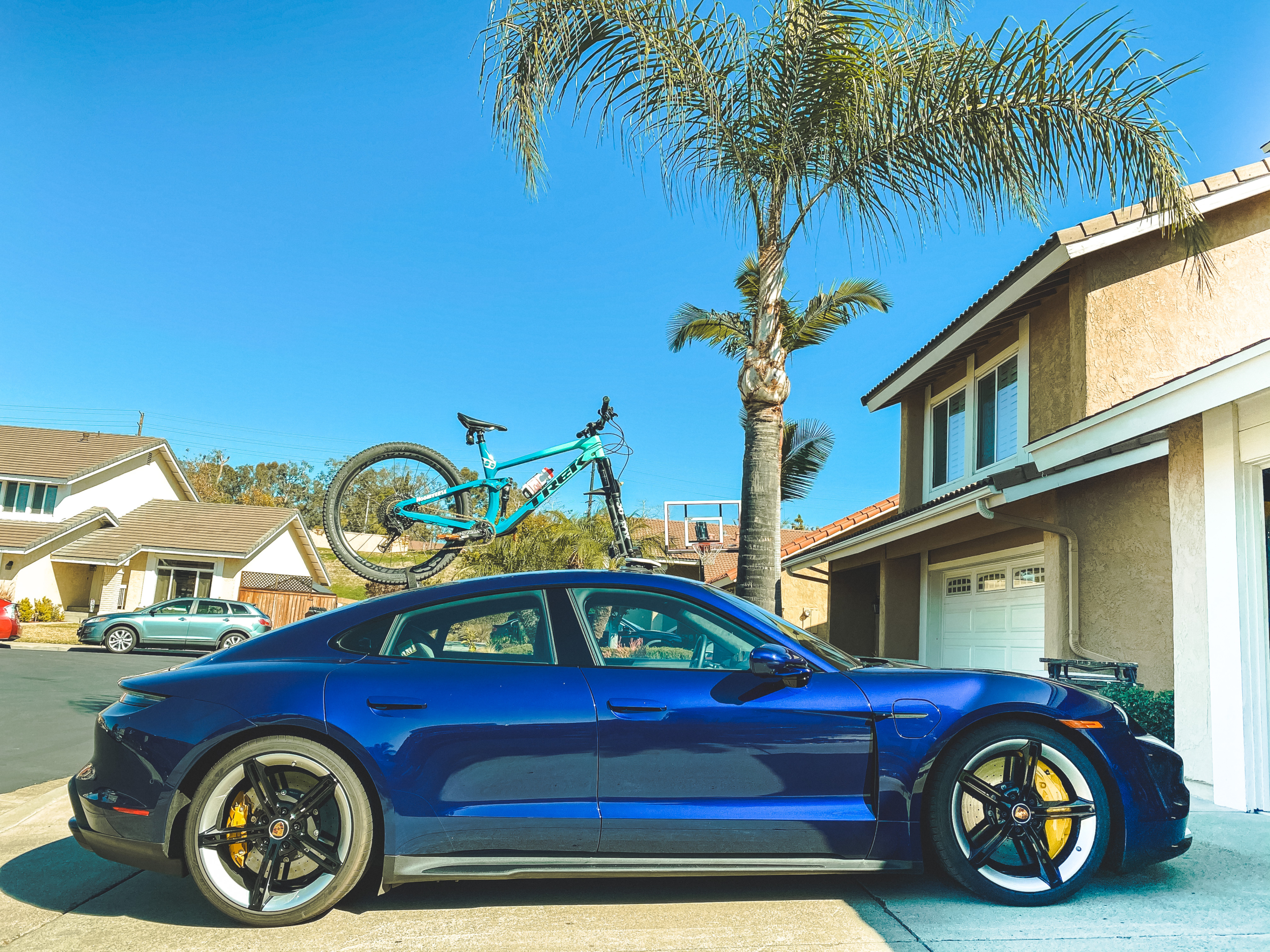I enjoy vehicles of all sorts. Gas-guzzling V8 monsters to electric silent assassins and everything in between. I also enjoy a good plugin hybrid. That’s because I like the ability to run around silently when I want, eke out pure electric driving range, and also inject power into an otherwise standard vehicle. A good example of this exists in the latest Audi Q5 PHEV. It’s as quick as the SQ5 version, can get around 17 miles or so of pure electric driving, and with incentives and rebates can be had for less than the SQ5.
But there’s been some recent chatter about the PHEV being a useless stopgap for the EV evolution on our roads.
I disagree with that notion but I also understand its point. Still, PHEVs have been improving as the battery tech in EVs keeps getting better. Automakers can stuff a relatively small battery pack and electric motor into a gasoline-powered vehicle and deliver a massive power bump and increase in driving range. The owner gets a taste of full EV ownership via charging, purely electric driving, and range monitoring, yet suffers no range anxiety. I say it’s less a stopgap but more a stepping stone.
What do you think, should people skip the PHEV and go full hybrid, or is a PHEV a great idea in the meantime?


Leave a Reply